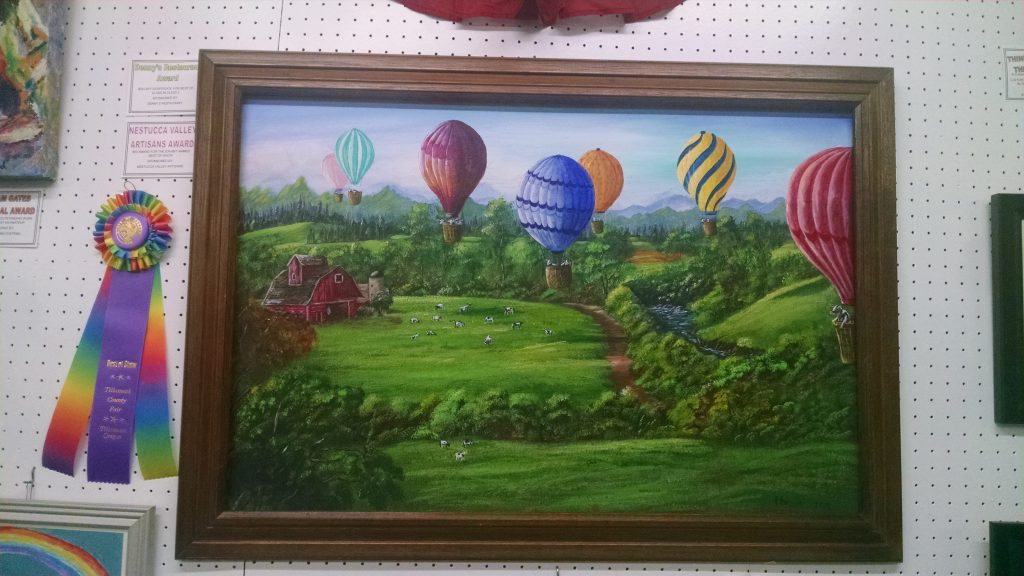By Neal Lemery
What is the value of art in our lives? Does it have an impact?
“Art is the lie that enables us to realize the truth.” (Pablo Picasso)
Art is a way of finding and expressing the truth in our lives. It allows us to explore and find things within ourselves we may not have realized are there. Art allows us to discover who we are.
“Art is an irreplaceable way of understanding and expressing the world,” said Dana Gioia, chair, National Endowment for the Arts. “There are some truths about life that can be expressed only as stories, or songs, or images. Art delights, instructs, consoles. It educates our emotions.” (Commencement address, Stanford University, 2007)
Working in high school art classes, researchers Hetland and Winner found that arts programs teach a specific set of thinking skills rarely addressed elsewhere in the school curriculum—what they call “studio habits of mind.” One key habit was “learning to engage and persist,” meaning that the arts teach students how to learn from mistakes and press ahead, how to commit and follow through. “Students need to find problems of interest and work with them deeply over sustained periods of time,” write Hetland and Winner.
They found that “the arts help students learn to ‘envision’—that is, how to think about that which they can’t see. That’s a skill that offers payoffs in other subjects, they note. The ability to envision can help a student generate a hypothesis in science, for instance, or imagine past events in history class. Hetland and Winner, Studio Thinking: The Real Benefits of Visual Art Education (2007).” Karin Evans, Arts and Smarts, Greater Good Magazine, UC Berkeley, (December 2008)
“Along with the perks of enjoying and experiencing art, there are real-world benefits to making the art with your own two hands. According to a 2014 study, producing visual art improved psychological resilience and increased brain activity for the participants by the end of the experiment.” Gabe Bergado, Mic.com (December 15, 2014)
“Art allows children to express emotions that can be difficult to discuss with others.
“According to research conducted by the Childcare Education Institute, ‘art offers children an important outlet for emotional expression and the assurance that their feelings are valuable,’ which is particularly critical for disadvantaged children whose feelings might have never been validated. Expressing emotions such as anger or fear through artistic expression such as dance or writing allows children cope with aspects of living in a healthy, safe space. It also enables them to release difficult emotions instead of repressing them.” K. Nola Mokeyane, Information on How Art Helps the Behavior of Disadvantaged Children, (oureverydaylife.com)
Does art have value? I would argue yes.
“When Winston Churchill was asked to cut arts funding in favour of the war effort, he simply asked, ‘then what are we fighting for?’ ” (Kazuo Ishiguro)
.

